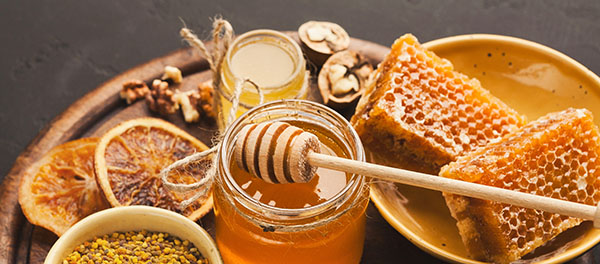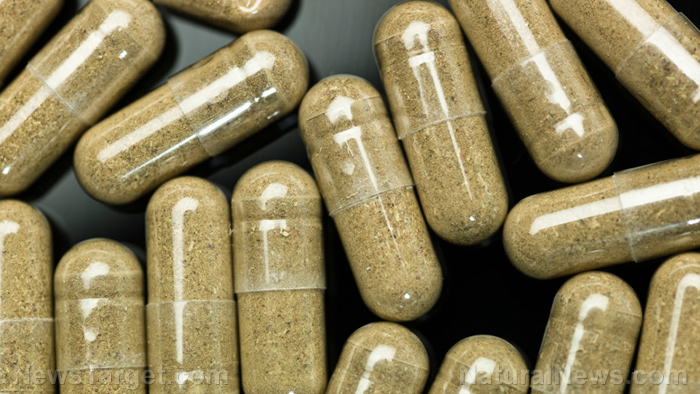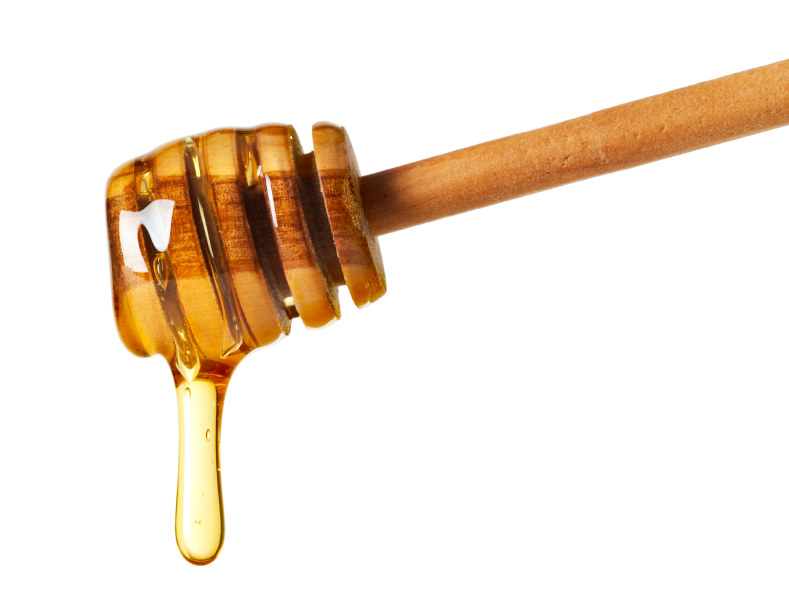
What is myrrh?
Myrrh is the reddish-brown dried sap from Commiphora myrrha, a thorny tree that is also known as C. molmol. The essential oil is extracted using a steam distillation process. The final product is amber to brown in color, with an earthy aroma.
Below are several of the scientifically proven health benefits and uses of myrrh essential oil.
It eliminates harmful bacteria.
In ancient Egypt, myrrh and other essential oils were used to embalm mummies. These oils didn't just make the air smell better, they also helped slow decay. According to studies, this was because myrrh oil had antibacterial and antimicrobial properties.
A separate study also showed that burning myrrh and frankincense incense significantly reduced airborne bacterial counts by a whopping 68 percent.
It can eliminate some parasites.
Trichomoniasis, a sexually transmitted disease, and giardiasis, an intestinal infection, are two of the most common parasitic infections in the U.S.
In a preliminary study, female participants who failed to respond to standard drug treatment for trichomoniasis were given an oral drug that contained myrrh sap and its essential oil. At least 85 percent of the volunteers reported that it cured the infection. An animal study also showed that the same myrrh drug effectively treated giardiasis.
It can support oral health.
Since myrrh oil has antimicrobial properties, it was traditionally used to treat oral infections and inflammation.
In a study, some individuals with an inflammatory disorder called Behcet's disease used myrrh mouthwash to treat painful mouth sores four times daily for one week. Researchers noted that half of the participants reported complete pain relief while 19 percent said their mouth sores completely healed.
It can support skin health and help heal sores.
Traditionally, myrrh was also used to treat skin wounds and infections. In a test-tube study of human skin cells, researchers determined that an essential oil blend containing myrrh helped heal wounds. (Related: The essential oil of myrrh is a powerful natural medicine for wound management.)
In another test-tube study, myrrh oil alone inhibited a whopping 43 to 61 percent of the growth of five fungi that cause skin conditions like athlete's foot and ringworm.
Scientists noted that human research is needed to verify these benefits. But if you want to use myrrh oil to boost your general skin health, use natural ointments and soaps with the essential oil.
It can relieve pain and swelling.
Myrrh oil has compounds that interact with opioid receptors, and they "tell" your brain that you're not in pain. Myrrh can also block the production of inflammatory chemicals that cause pain and swelling.
In a study, individuals who were prone to headaches took a multi-ingredient supplement with myrrh's pain-relieving compounds. The participants reported that their headache pain was reduced by at least two-thirds during the six-month study.
Note that further study is required to verify these benefits. The supplement tested isn't available in the U.S., and ingesting myrrh oil is not recommended.
It may be a powerful antioxidant.
Myrrh may be a powerful antioxidant, a compound that can prevent oxidative damage. Free radicals cause oxidative damage that is linked to aging and some diseases.
Data from a test-tube study determined that myrrh oil was more effective than vitamin E, a potent antioxidant, at fighting free radicals.
How to use myrrh essential oil
Myrrh oil must never be ingested. It should only be applied topically or used for oral care.
Topical Use
To prevent skin irritation, dilute myrrh oil in a carrier oil like black cumin, coconut, evening primrose, grapeseed, jojoba, or rosehip oil. Carrier oil will also prevent myrrh oil from evaporating too quickly.
Essential oil to carrier oil ratios:
- For adults, add three to six drops of essential oil per one teaspoon (5 ml) of carrier oil. This is considered a two- to four-percent dilution.
- For children, use a drop of essential oil per teaspoon of carrier oil. This is a one-percent dilution.
Don't apply the oil to sensitive areas like your eyes and inner ears. Wash your hands thoroughly after handling essential oils to avoid accidental exposure to delicate areas.
Inhaling
Add three to four drops of myrrh oil to a diffuser that will distribute the oil as a fine mist into the surrounding air.
If you don't have a diffuser, add several drops of the oil on a tissue or cloth then inhale periodically. You can also add a few drops of myrrh oil to hot water and inhale the steam.
Don't use myrrh essential oil if you are:
- Diagnosed with heart conditions
- Planning to undergo surgery
- Pregnant
- Taking blood thinners or diabetes medications
Use myrrh essential oil to take advantage of its many health benefits.
Sources include:
Please contact us for more information.























